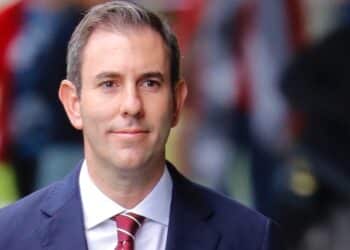Since the royal commission, several significant changes have come about in the financial advice profession, not least of which was the exit of institutional licensees and many advisers.
Another key change, according to Adviser Ratings’ Q3 2024 Musical Chairs Report, is the explosion of privately-owned licensees, which has largely been the result of larger licensees exiting the industry.
“This isn’t merely a reshuffling of the deck; it’s a fundamental redefinition of what it means to be a financial adviser in 2024 and beyond,” the report said.
The report suggested the profession is heading toward a future of privately owned licensees where “independent, personalised advice is king”.
According to the findings, 71.7 per cent (11,124) of the 15,516 advisers currently registered are under a privately-owned licensee, with the largest majority under a licensee with no more than 10 advisers.
Privately-owned licensee practices have also continued their steady takeover, making up 89.9 per cent of the market.
Meanwhile, the presence of diversified (7.4 per cent), limited licensees (1.6 per cent), as well stockbrokers, industry super funds or not-for-profits and bank (a combined 1.1 per cent) practices continues to dwindle.
This could be seen as positive for many who have been with the profession since before the royal commission.
However, the report noted that this could present challenges for the profession regarding scalability and standardisation, as well as creating a more fragmented market that could make it harder for clients to compare different advice offerings.
While the advice profession has struggled to maintain its numbers following the loss of almost half of its ranks, the report said this could indicate a new era.
“Are we witnessing a necessary consolidation? The retirement of a generation of advisers? Or is this the profession’s response to regulatory pressures and costs? The answer likely lies in a combination of these factors, pointing to a leaner, more efficient, and possibly more client-focused profession emerging from this crucible of change,” the report said.
“At first glance, these figures might seem alarming. However, they may well be the growing pains of the emerging professions in transformation.”
The rise of private licensees has also given advice firms and advisers greater freedom of choice to find a size and model that works best for them, it added.
The report found that, since January 2022, 462 advisers have downsized from a large privately owned licensee to a medium or small licensee, while 586 went the opposite direction, upsizing from a small or medium licensee to a large.
“We’re observing fascinating internal dynamics in the burgeoning world of privately owned licensees. Significant movement between size categories suggests a vibrant, competitive ecosystem where advisers constantly seek the optimal environment for their practice,” the report said.
“This fluidity speaks to a sector that’s alive with opportunity, where advisers can scale up or down based on their vision, client base, and business model.”



